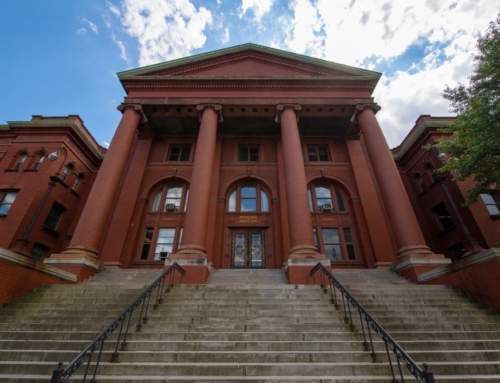If you don’t have a sub-prime mortgage, Pay Option ARM (adjustable rate mortgage) or 2-1 prime hybrid ARM loan, don’t bother applying for Bank of America’s new program that will forgive loan principal for some of its borrowers.
That’s the short and not-so-sweet message from Jack Schakett, Credit Loss Mitigation Strategies Executive for Bank of America.
Bank of America began implementing its Principal Reduction Enhancement under the National Homeownership Retention Program (NHRP) in mid-May. Those borrowers who were deemed “most at risk” of losing their home to foreclosure were invited to participate. For those that respond to the written offer, underwriting should be completed by mid-June.
“Most at risk” means those homeowners who haven’t made a mortgage payment in at least 120 days.
But the program is limited to homeowners who got a sub-prime mortgage, option ARM or 2-1 hybrid ARM loan through Countrywide before January 1, 2009. The program specifically excludes Fannie Mae and Freddie Mac loans, as well as FHA loans.
Schakett said that the Treasury will offer its own principal reduction program later this year and that Bank of America worked with “Treasury to align our principal reduction program so that it matches the government program.”
Here’s a brief summary of the program:
• NHRP-eligible loans include subprime, Pay-Option ARM and prime-quality two-year hybrid loans originated by Countrywide on or prior to January 1, 2009.
• The loan must be underwater (the amount of the principal owed exceeds the current property value) by at least 20 percent.
• The loan must be 60 days or more past due.
• The loan balance will be divided up into two loans: a 30-year fixed rate amortized loan at an interest rate to be determined and a second loan carrying a zero-interest rate. The first loan will be made for an amount that represents 100 percent of the current value of the loan. The second loan will be anything else owed on the loan.
Each year, for the first three years, the balance owed in the second account will be reduced by 20 percent as long as the payments on the first account are made on-time and in full.
In the fourth year, Bank of America will do an appraisal to see if the property is still underwater. If more is owed on both loans than the property is worth, then another 20 percent of the second account balance will be forgiven. At the start of the fifth year, the property will be appraised again, and a decision will be made whether the homeowner’s balance has now reached par with the home’s market value. If it has not, the final amount of the second account’s principal balance will be forgiven.
For example, let’s say a homeowner has a $250,000 loan on a property worth only $200,000. Bank of America would set up a first mortgage for $200,000 that is a 30-year fixed rate loan at an interest rate that would get the borrower’s payment to 31 percent of gross monthly income.
A second zero-interest loan would be set up for the remaining $50,000. Provided that the borrower makes each payment in full and on time, at the end of the first year, the balance in this second account would be reduced by $10,000 to $40,000. At the end of the second year, the balance would be further reduced to $30,000. At the end of the third year, the balance would be reduced to $20,000.
If at the start of the fourth year the appraisal comes back at $180,000, at the end of the fourth year, the balance in the second account would be reduced by another 10,000 to $10,000. The same thing would happen in the fifth year.
The Treasury program will reduce the amount in the second account to zero over three years, so it is a more advantageous program for borrowers. Schakett said that incentives from the Treasury to investors (to get them to go along with the program) top out at around 18 percent of the amount forgiven and make the three-year loan principal forgiveness program more advantageous for investors as well.
In other words, for every $10,000 an investor forgives of principal loan balance, the government kicks in $1,800.
Schakett says that the homeowners who will fall into Bank of America’s own 5-year program rather than the government’s 3-year program will tend to be extremely delinquent on their mortgage payments. “For highly delinquent customers, such as those who are 270 days past due, the better program will be the 5-year principal balance reduction program.”
Schakett said the bank is hopeful that more borrowers will accept the more generous terms of the new plan.
“Of our HAMP customers, 45 percent of those have loan-to-value ratios greater than 120 percent,” he said.
For some former Countrywide Home Loans borrowers, the critical issue will be to determine whether their loans qualify for the new Bank of America loan program.
It is too soon to tell whether this program will truly assist those in need and stem the flood of borrowers who are facing foreclosure now, or may face it in the near future.






Leave A Comment